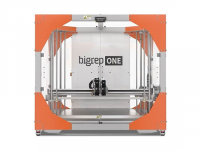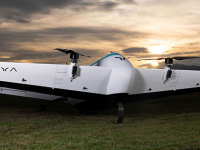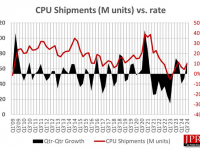Accelerating Your Journey to Smarter Industrial Facilities: Design
Transform your design processes for this new digital world by identifying efficiencies that can be gained that can help improve project delivery and overall quality in your projects.

December 19, 2023
Facing the challenges of industrial facility design
Meeting schedules is always paramount for any industrial facility design project, but this must be done while delivering benefits that address the key challenges in the asset lifecycle — improving margins, reducing labor costs, increasing quality and utilization rates, while also providing out-of-the-box integrations that improve downstream team visibility and collaboration.
Asset-intensive facilities are some of the most complex projects to design, build and operate, but are often mired in the past with manual, paper-based processes that contribute to inaccuracy, inefficiency, poor quality and ultimately smaller margins.
From conceptualization to completion, the plant design journey is filled with challenges and obstacles to overcome — project costs, safety concerns, environmental regulations, increased efficiency and much more.
Digitalization is the key, but if digital tools are lacking or poorly integrated, bad design practices may continue to contribute to challenges with asset efficiency, performance and safety. Business leaders need better tools to develop facility layouts that optimize workflow and enable data-driven decision making, while also allowing organizations to monitor and track assets more effectively to ensure they continue to meet design goals.
As financial and competitive pressures continue to mount, smarter, data-driven design becomes ever more imperative to deliver on project and portfolio strategies and goals. Design must enable the use of virtual 3D models of industrial facilities that improve design review and collaboration, bolster the quality and efficiency of asset execution, operation and maintenance, and improve sustainability through access to real-time data on energy consumption that can be compared to design data.
Latest News




Related Topics




